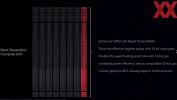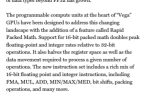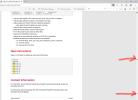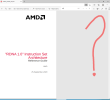We Tested Intel's XeSS in Shadow of the Tomb Raider XeSS on Multiple GPUs
Benefits Pascal and later, RDNA 2 and Arc — most of the time
The performance benefit of running XeSS varied quite a lot. It's no surprise that cards without DP4a were effectively useless. We tested several AMD cards that showed negative performance deltas — Vega 64, 5600 XT, 5700 XT, and even RX 6500 XT. XeSS in performance mode on the 5700 XT basically matched native performance, while rendering 1/4 as many pixels before upscaling.
Last edited:






